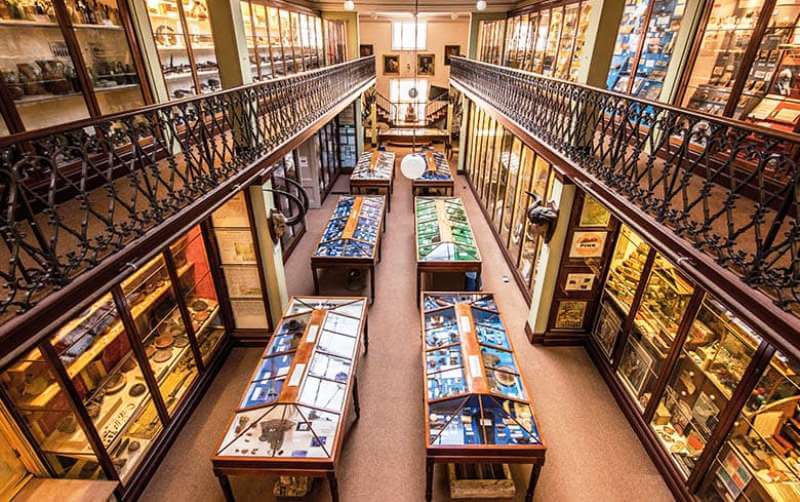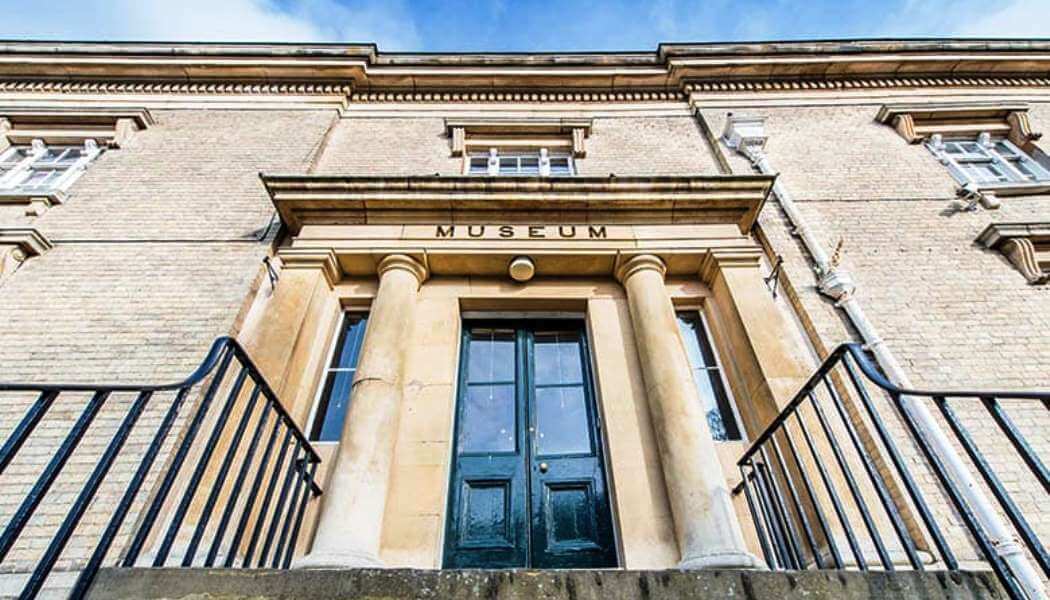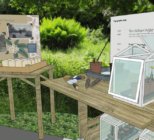There have been moments in my career where ‘resilience’ felt like the holy grail of my week. One definition explains resilience as: “the capacity to recover quickly from difficulties”. Another definition, which I prefer, is: “the ability of a substance or object to spring back into shape”. It conjures up images of the stretchy strongman toy adverts.
In the heritage sector, we use the word Resilience slightly differently. Instead, we tend to mean: “how on earth do I keep the doors open AND pay staff for the next 12 months?”.
“… new, difficult and present challenges …”
According to The Mendoza Review, an independent report published in November 2017, there has been an overall reduction in museum funding of 13 per cent in the last ten years. However, many museums have seen much larger reductions than this. The review notes that these are “… new, difficult, and present challenges …” evidence that both government and individual organisations need to share responsibility for these challenges.
However, the financial difficulties faced by heritage organisations are not wholly due to the decisions of government. The sector has known for some time that public subsidy is decreasing. Heritage organisations need to take responsibility for their own actions that maybe leading them into problems.
What is making you NOT resilient?
To help museums that are feeling stuck, challenged or confused, HLF has created the Resilient Heritage Strength Checker. This free tool allows you to enter key information about your organisation, and suggests causes for concern.
The Strength Checker will give you scores out of 100 per cent for six key areas: sustainability; market and opportunity; strategy and plans; track record and capabilities; quality and impact; and assets.
Some of the key indicators that a heritage organisation may not be resilient are:
- Not being able to demonstrate effective leadership and financial management.
- Not displaying the ability to change, adapt and reach market opportunities.
- Not having a clear understanding of external opportunities, target audiences and the market.
- Having significant gaps in strategy and overall objectives.
- Not being able to deliver in challenging circumstances, or being ready for challenges ahead.
- Offering a product that is not of a high enough quality, or not understanding the potential impact of your offer.
- Not having enough expertise, or having physical assets not covered by asset management or development plans.

Case Study: Wisbech and Fenland Museum – Options Appraisal
The Wisbech and Fenland Museum (WFM) in Cambridgeshire had recently been informed that their core funding was going to be significantly reduced by 2019. The museum used this as an opportunity for change and, following a grant from the HLF’s Resilient Heritage programme, implemented changes to make the museum fit for the future.
Part of the Fit for the Future programme was to assess the current business situation of WFM, and they commissioned Tricolor to conduct an options appraisal on future business activities. The options appraisal provided a viable business model for the future, highlighting where income could be generated towards the operational needs.
The museum was operating at a loss, even with the core funding, so the first task was to discover if there was a demand for the museum from the local community and to find out why the local community was not attending. This was completed through thorough consultation. This information was used in conjunction with a significant amount of comparator research to create short, medium and long-term recommendations for future for the museum.
So what can you do?
View resiliency as a temporary measure
Resilience should be a temporary stage in the journey to sustainability. Sustainability is the long-term health of an organisation. Resilience should be seen as the ability to ‘spring back’ or ‘recover quickly’. Quickly doesn’t have to mean three to six months, to your organisation it might mean two years. However, the duration must be finite.
Begin by creating a resilience strategy. The strategy should then shape the organisation’s activities. One of the biggest mistakes a museum can make in this period is to stop all outward facing activity. Engaged audiences are one of the most useful methods for achieving financial sustainability. Tell them about the problems and ask for their advice. Getting more of the community involved in the project will not only show funders you are proactive but most importantly, will truly benefit your organisation.
Create a realistic, targeted, business plan
You’ve got a vision. You’ve got some aims and objectives. You begin downloading funding application forms.
But, before you start sending those forms, you will need to create a business plan. Heritage organisations can feel trapped in the idea that being a not-for-profit means ‘not making a profit’. That’s a complete misconception. Being not-for-profit just means your organisation does not exist to put profits into the hands of the board of directors.
It is now no longer viable for museums to aim to break even. Generating a profit will allow your organisation to re-invest its own money into activities that flow from its vision and mission.
If you’re not sure where to start, or would like some more information, the Association of Independent Museum’s Guide to Successful Business Planning is an excellent document. If you need some more strategic help with designing a business plan, external consultancy agencies like Tricolor can offer a tailored business planning service for your organisation.
Now, think about funding
HLF’s resilience scheme, Resilient Heritage, can offer grants from £3,000 to £250,000 for organisations that require a cash-injection to build capacity and manage their heritage better long-term.
To begin the process of applying for HLF resilience funding, complete the Strength Checker. Including a copy of this with your application will show HLF you are using all of the resources available to you. Continue by using HLF’s Enquiry Form to inform them of your intention to apply. HLF will be able to provide you with further information once you have received feedback on the enquiry form.
If your organisation needs help applying for resilience funding, or putting plans into action, Tricolor can help you through this process. Tricolor works with a range of heritage organisations to successfully adopt resilience strategies, and are the experts in heritage funding.
For a free consultation session with a member of our team, quote the code MHRESILIENT through our website.
To find out more about Tricolor and the work we do, follow us on Twitter @TricolorHeritag and Facebook – @TricolorAssociates











